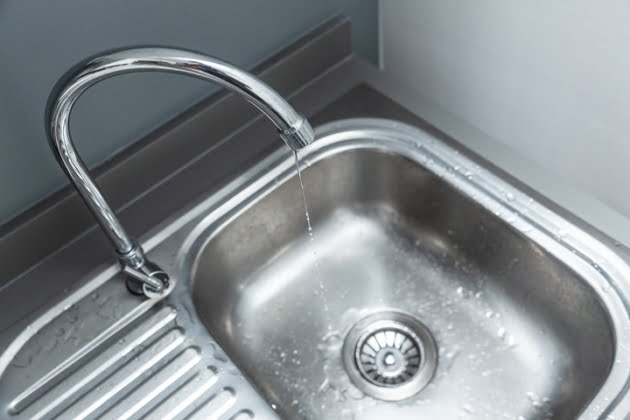The kitchen sink is the most used area in any household. It can be used to wash dishes, to fetch a cup of water, or to fill a coffee carafe, among many other practical uses. Having a leak in your kitchen sink is a frustrating experience, since it hinders the central functions of the kitchen.
When your kitchen sink is leaking, always attempt to establish the cause of the leak. You will want to fix the leaking problem at its source rather than apply a temporary and short-lived fix. While some leaking sinks may be easy to repair, others require the services of a professional plumber. Whether you contact a plumber or try to fix the kitchen sink leaking on your own, it is important to understand what causes these leaks in the first place.
The following are the seven common causes of kitchen sink leaking:
1. Drain Leak
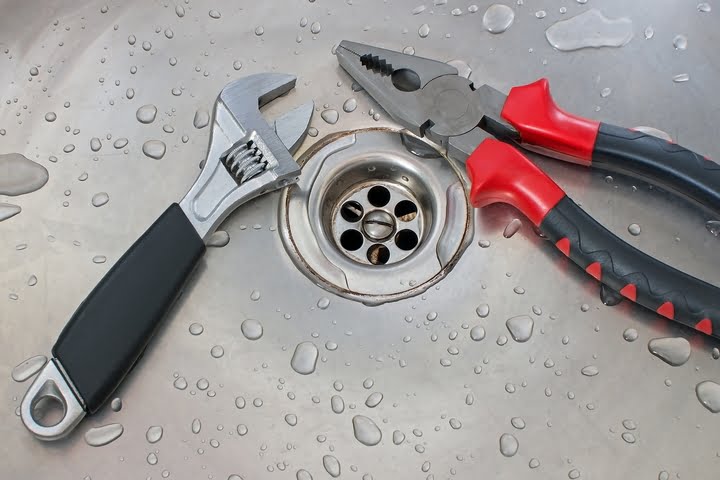
The drain could be the cause of your kitchen sink leaking. A drain is usually sealed with plumber’s putty to prevent further leaks. However, the putty can be too thin to start with, or it might dry out over time. Occasionally, the leak may come from an old and worn out drain that is beyond repair. In these instances, it is better just to contact a plumber and replace the drain completely.
To identify where the leak is coming from, just plug your sink with the drains cover and fill it all the way up, then unplug it. Underneath the sink, use a flashlight and scan around to identify the source of the problem.
In some situations, you can fix the problem by simply tightening the nuts located at the point where the pipes meet. In other situations, a plumber’s putty will do the job. You can remove the drain, repack it with fresh plumber’s putty, and then reattach the drain again.
2. Faucet Leak
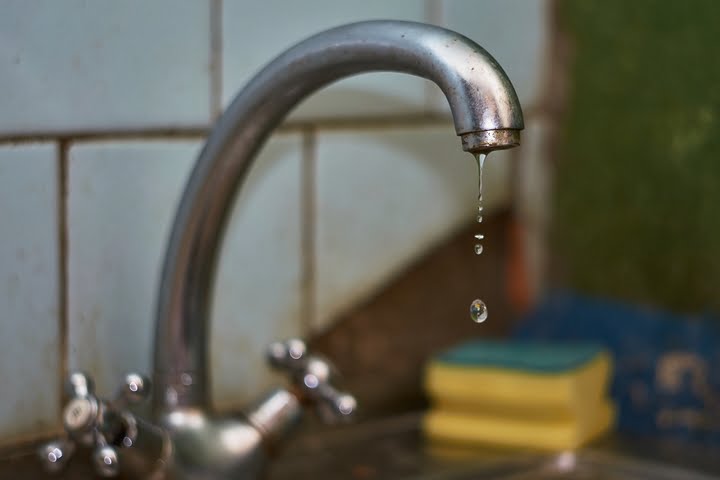
Leaks originating from the faucet are generally easy to spot. One common indicator is if water puddles at the top of the sink whenever someone turns on the faucet. It is also possible for a faucet leak to run underneath the sink, which means you can only spot it if you look under the counter.
In most situations, a faucet leak is caused by failed washers or worn-out gaskets. All you need to do is replace them. On some occasions, a severe leak will force you to replace the entire faucet, which is not such a difficult process anyway.
3. Loose Water Supply Connection
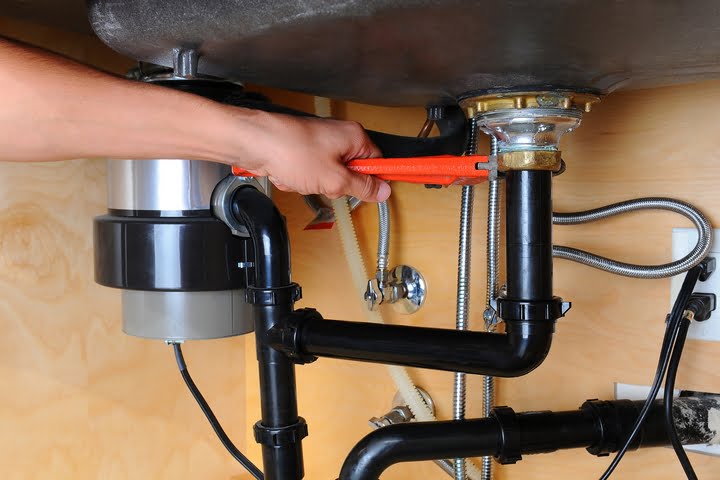
If the leak underneath your kitchen sink is relatively constant, there may be a problem with your sink’s water supply line. Generally, a kitchen sink consists of two water supply connections, but there may be three if the sink features a separate sprayer. Each water supply connection poses the threat of springing up a leak and causing problems.
Since the connections are mostly out of sight, you may not notice the leak until it has soaked your cabinet and everything else in the under-sink storage. A water line leak can be caused by corrosion, or more commonly, a failed gasket in the connector. In most cases, replacing the gasket should be enough to make the leak stop, while in other cases, simply tightening the connection should work.
4. Clogged P-Trap
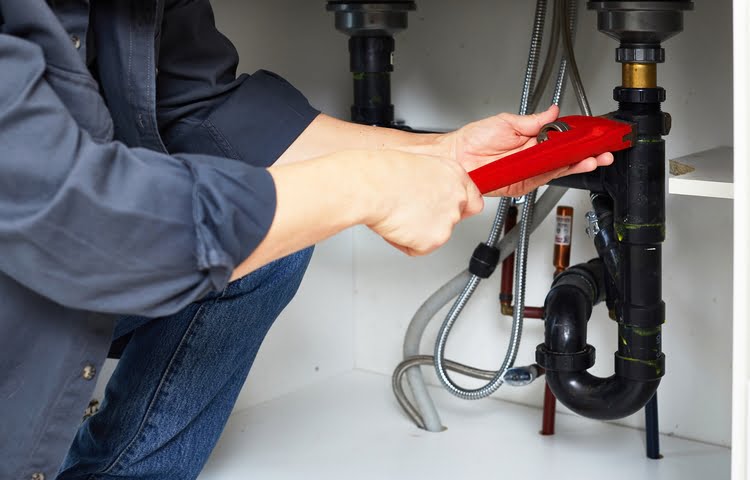
The term P-trap is used to define the curved section of a pipe, usually found under the sink. Its main purpose is to prevent foul smells from seeping through the drains. The P-trap is usually placed out of sight, which makes it difficult to identify a leak right away.
Over time, debris, small pieces of food and gunk tend to gather at the P-trap. This blocks the proper draining of water and may cause a leaking problem. Another possible cause is corrosion if your sink consists of metal parts. If this is the case, you might need to replace the trap completely.
5. Damaged O-Ring
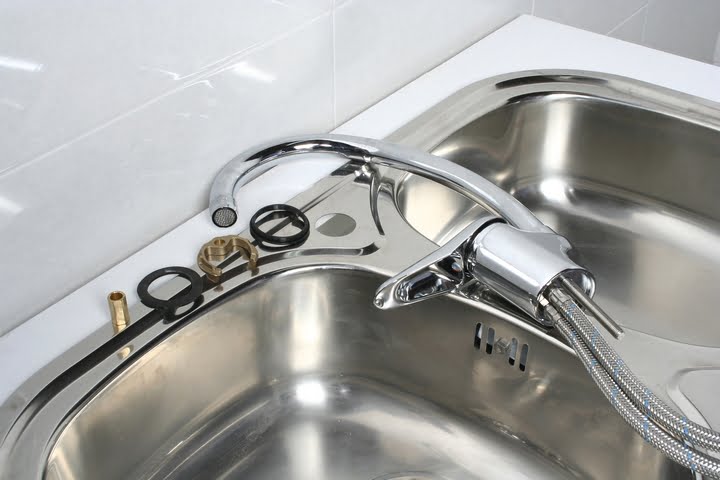
A stem screw holds the faucet handle in place. It features a small disc that is affixed to it, and which is known as an O-ring. This is a common place for kitchen sink leaking to occur. Over time, the O-ring can wear out or become loose due to regular use, causing the faucet to leak near the handle. If the O-ring is damaged, replacing it should fix the problem. Problems with the O-ring mostly occur in cartridge faucets.
6. Worn-Out Washers
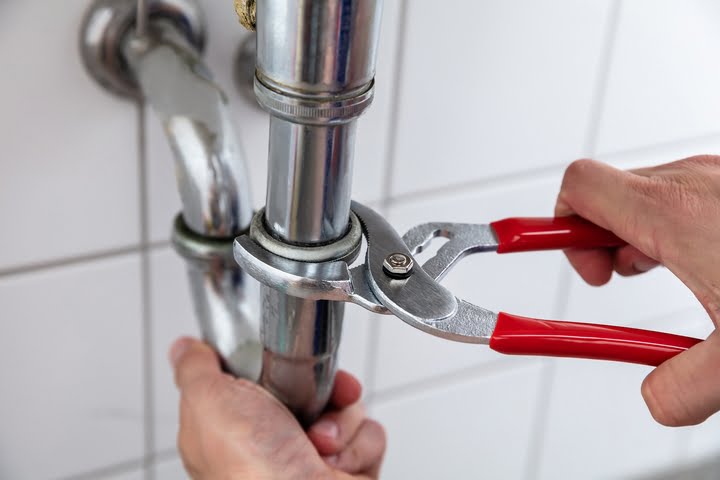
A worn-out washer is among the most common causes of leaking sinks. Each time you use the faucet, the washer is pressed against the valve seat. The constant friction results in the washers wearing out, by which time you will start noticing leaks around the spout. Sink leaks caused by worn-out washers can be fixed by simply replacing the washer. Worn-out washers are especially a common problem for compression faucets.
7. Corroded Valve Seat
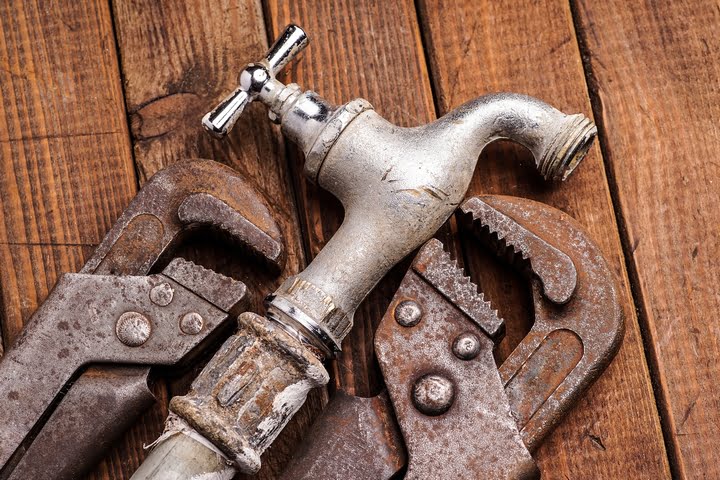
The valve seat is meant to serve as the connection between the spout and the faucet for the compression mechanism. Accumulation of water at the valve seat can cause it to corrode, which causes the area around the spout to leak. Cleaning the valve seat regularly with assistance from a professional plumber is highly advised.



